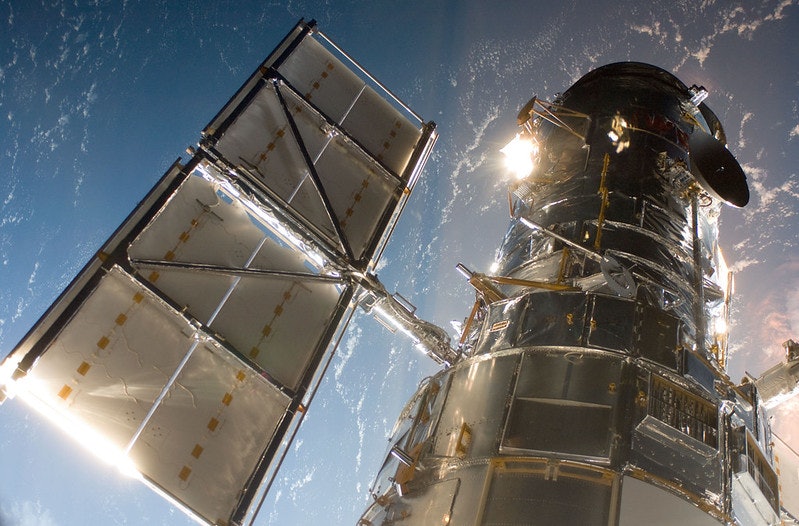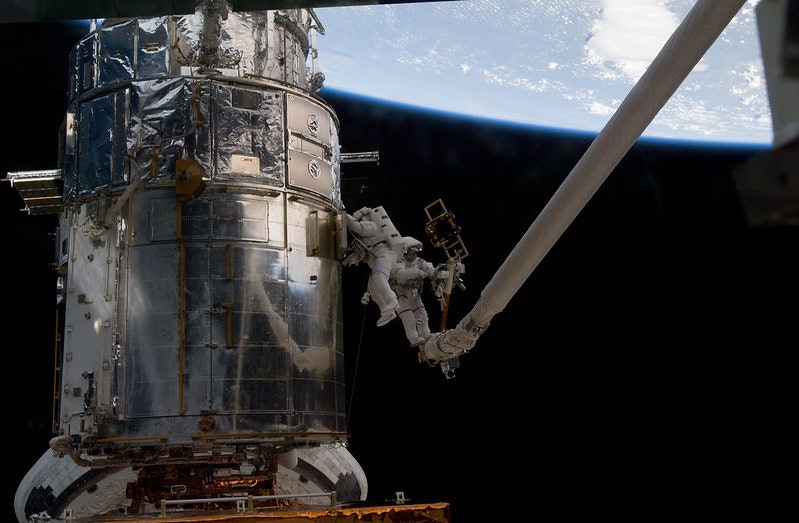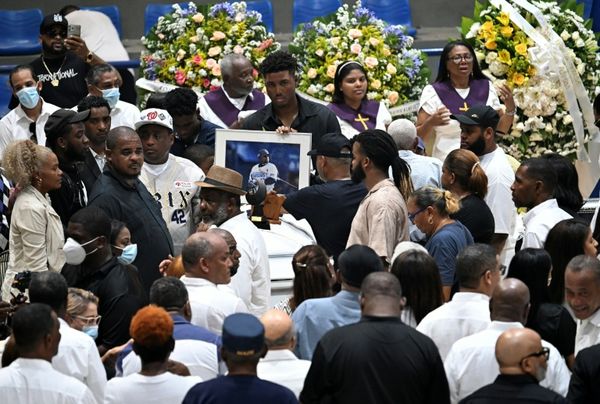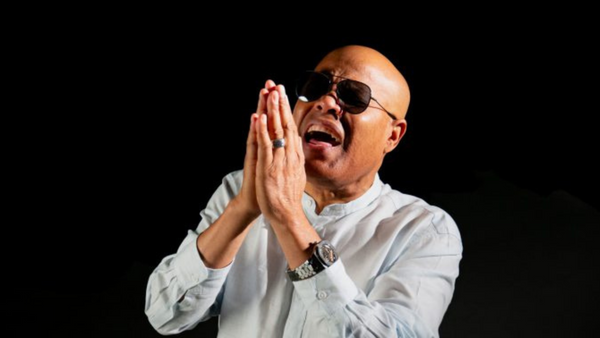
The team behind the iconic Hubble Space Telescope is making the best out of a difficult situation, according to a new announcement from NASA.
Space agency officials revealed that, while Hubble still has at least another decade of space observations, it’s going to become much less efficient than before. Hubble’s capacity to observe the cosmos is dropping 12 to 25 percent.
NASA held a teleconference on Tuesday to explain the 34-year-old telescope’s status, after it entered safe mode on May 24.
Over the last six months, one of Hubble’s three active gyroscopes, or gyros, has been acting wonky. Gyros control the direction that the telescope points as it’s moved to a new target, and influence the rate at which it moves.
Hubble had six fresh gyros in operation, following installation from Space Shuttle Atlantis astronauts in 2009 as part of mission STS-125.
But now, Hubble will only use one, with a second gyro on standby for potential future use.

NASA has repeatedly revived the problematic gyro, called gyro three, only for it to run into issues days later. Though it's not clear if the problem is electrical, or if it’s corrosion, what seems certain to Hubble’s team is it is just a matter of time until the gyro encounters an anomaly again.
The best option to prolong Hubble’s life, the team decided, was to retire gyro three and only keep one of the two functioning gyros in operation. But this does create limitations.
When Hubble comes back online later this month, it will take longer to transition from one target to the next. That means less efficiency, and less on its schedule. Though not a common demand, Hubble will not be able to track objects closer than Mars. A one-gyro configuration will also reduce how much of the sky is available at any one time for observations.
“Certain types of science may not be available to us,” Patrick Crouse, project manager of the Hubble Space Telescope, said on Tuesday.
Officials also answered questions about the possibility of boosting Hubble into a higher orbit. After more than three decades around Earth, its path has decayed.

Officials conducted an assessment of a boost concept proposal from SpaceX in partnership with Polaris Dawn’s Jared Isaacman. But Hubble’s leadership remains wary.
Hubble is old. Astronauts haven’t serviced Hubble in 15 years. The spacecraft that did dock successfully with Hubble, the Space Shuttle, is now retired. In addition to docking mishap potential from new spacecraft, another layer of risk is that the telescope’s mirrors could get contaminated with particulates. Much of the Hubble engineering team has since retired, too.
The boost is still an option for the future, but the team will analyze the pros and cons thoroughly first, Mark Clampin, NASA astrophysics division director, said on Tuesday.
All that said, Hubble’s instruments are still robust. “A breadth of great science” is still beaming down from the observatory, Clampin said. “It is not on its last leg,” Crouse added.







